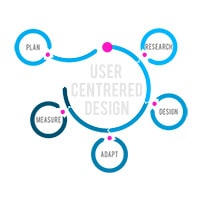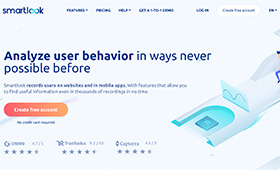Design Tug of War: Appealing to Management and Development
A new General Manager joining the group brought with him a new methodology of pushing the entire organization to deliver innovative features every three months. And our company being a well-established, profitable, software maker, some of the employees were too comfortable to push the envelopes.
Nonetheless, this new method was intended to reignite passion throughout the organization — immediately.
Just as quickly, an elite team was assembled. It included researchers, designers, product managers and software engineers. The purpose? To dream up new and awesome user experiences without the constraints of resource, budget and technological limitations. With this direction, PMs and designers set out to deliver visionary product experiences for an ideal world, as we would call it, the super-happy path.
Everything would have been smooth sailing if the designs only needed to live in the ideal world. After all, brilliance is easy when there are no technological constraints, right? In the real world, the software engineers are on the hook to deliver these pie-in-the-sky re-imaginations — perfectly. And with less than two months of development time. Minus the first month of design time. In some cases, the delivery requires building new architectures and restructuring technical stacks. Isn’t it in the engineers’ best interest to ground the designers and PMs in reality? Let the tug of war begin.
The designers and product managers are unfortunately caught in between delivering the ideal state and the reality. Their design proposals are dubbed a conversation starter. A vision. A spirit of the would-be-real experience. A representation to be taken with a grain of salt. As the development phase approaches, designers and PMs are bombarded by anxious engineers to show a version that is more grounded in reality. As we all know, these first six rounds of designs are just for the vision. Designers are continuously pulled in two distinctly different directions.
Somewhere around the seventh round of the vision deck, designers gave up trying to unify the two camps and decided to put their efforts into two versions. One for ideal. The other, for reality.
Undoubtedly, vision and innovation reignite team spirit and inspire creative solutions. However, when combined with tight deadlines, existing projects obligations, under multiple product-line owners and outdated technology framework, designing for the vision and innovation can become an endless exercise.
So how do we all work together to challenge our perception of what’s possible, feed our curiosity and create something that can actually be attained? That’s our challenge. From top to bottom. If we crack that, we’ll truly have the vision to accomplish the seemingly impossible.







No responses yet to “Design Tug of War: Appealing to Management and Development”